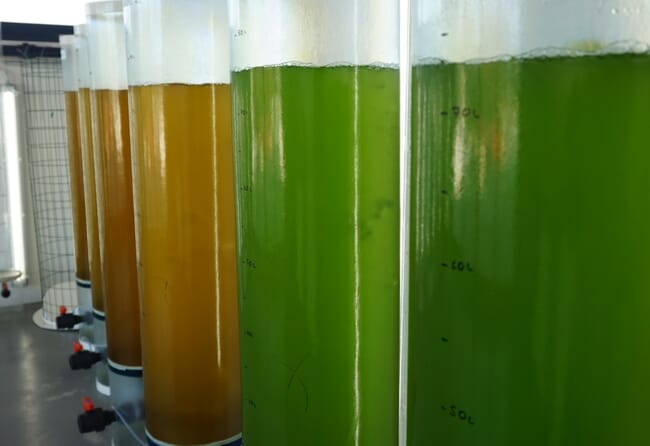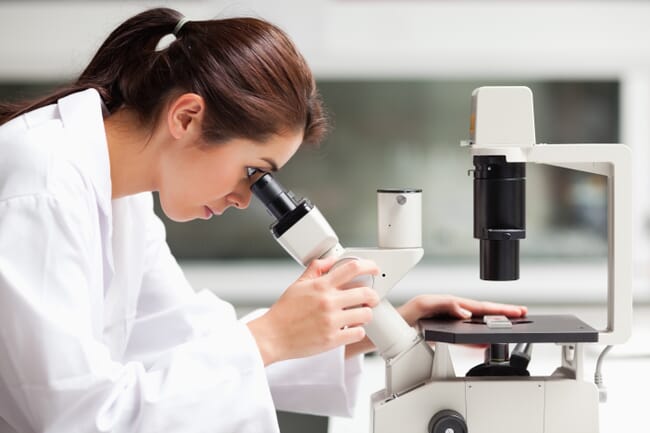
© Algared
A new high-protein microalgae strain developed by researchers has now been scaled up by Portuguese microalgae producer Allmicroalgae Natural Products as part of the EU-funded ProFuture project. The new chlorella strain could be used to make vegan food products that not only are more nutritional but also taste better.
ProFuture’s vision it is to create cost-effective and environmentally responsible microalgae production technologies that can provide sustainable and nutritious protein-rich foods and feeds. With their high nutritional value and smaller carbon footprint, microalgae are one of the most promising candidates for meeting the food needs of the world’s rapidly growing population.
Though microalgae are a promising alternative protein source, many microalgae-based foods on the market can have a “grassy” taste, a fishy odour and come with an intense green colour – putting off potential consumers. The new chlorella strain offers similar health benefits, has a higher protein content and most importantly – from a consumer perspective – does not give food products that off-putting fishiness.

© Cornelia Spetea Wiklund
One of the organisations involved in the development of the new strain is ProFuture project partner GreenCoLab based in Portugal. Allmicroalgae Natural Products, another project partner, has scaled up the strain’s production at its facilities. The new chlorella has subsequently been shipped to ProFuture coordinator Institute of Agrifood Research and Technology (IRTA) in Spain, as well as to project partners Flanders Research Institute for Agriculture, Fisheries and Food (ILVO) in Belgium and the German Institute of Food Technologies (DIL).
ILVO is responsible for determining how the new ingredient will behave in food applications. When these results are released, IRTA and DIL will then partner with food producers, “to optimise healthy and tasty formulations using the chlorella at lab level.” The goal is to develop vegan food products such as sausages, snacks, soups, vegetable creams, sports drinks, bread and pasta with improved nutritional value and organoleptic properties.
Arriving at the new chlorella
To arrive at the new chlorella strain, the researchers used random mutagenesis – a powerful tool for inducing mutations, used to generate proteins, enzymes and even entire genomes with improved properties. By means of this process, the research team first isolated two chlorella strains, namely C3 and GL3.

“Although C3 cells presented higher protein contents, GL3 displayed vestigial chlorophyll contents, lower carotenoid levels and higher protein contents than the wildtype, together with a significantly different amino acid profile”. Additionally, glutamic acid – an amino acid used to form proteins – “was present in similar amounts as in soy and spirulina, which has not been observed in other strains of chlorella. The GL3 cells also reached higher cell concentrations than the wildtype, strongly suggesting that it might become a relevant source of protein, being suitable for large-scale production.”
A safety analysis was also carried out for heavy metals, potential allergens, microbiological stability, polycyclic aromatic hydrocarbon, acrylamide, and cytotoxicity tests and potential residue of pesticides.
The foods made with the new chlorella strain will be fully characterised from biochemical, technological and sensorial perspectives. The best formulations will then be scaled up by food producers and used to assess market uptake. The four-year ProFuture (Microalgae protein ingredients for the foof and feed of the future) project ends in September 2023.




